How a Photojournalist Powerfully Captured Roe v. Wade Reversal
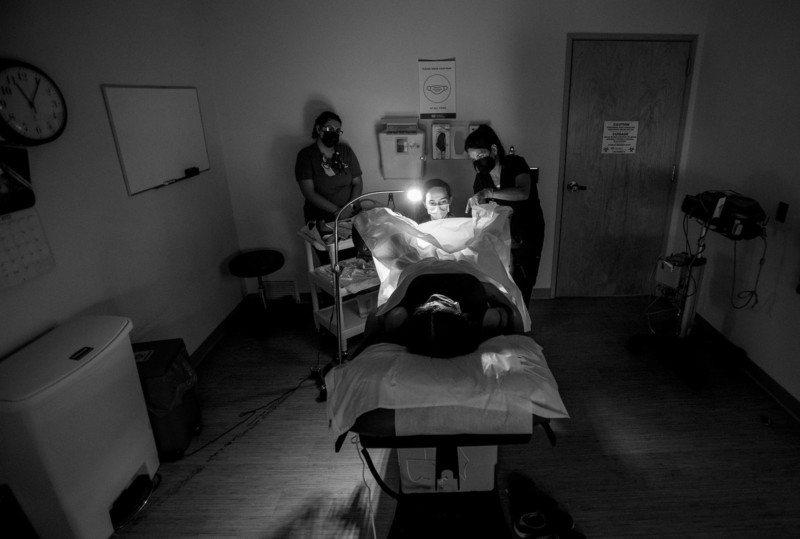
Last summer, a Los Angeles Times photographer assigned to illustrate the Supreme Court’s decision to overturn Roe v. Wade captured moving pictures from both sides of the debate.
Experienced photojournalist Gina Ferazzi headed to abortion clinics where she was tasked with gaining the trust of patients and doctors. She also spent time with anti-abortion missionaries.
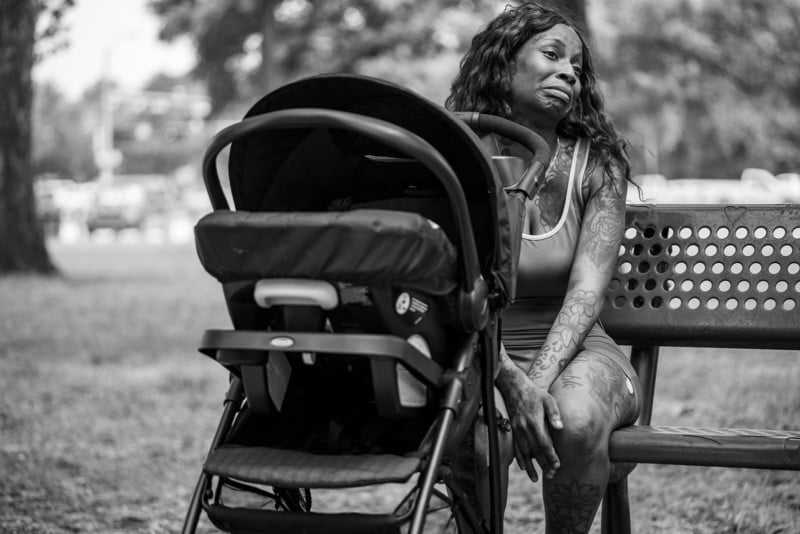
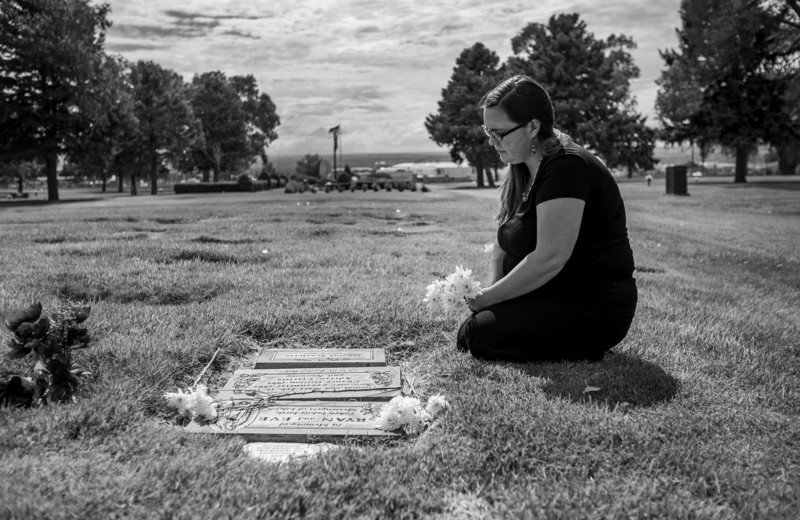
She traveled throughout the West when the Roe v. Wade decision was in imminent jeopardy and was actually inside a Texas clinic when the Dobbs vs. Jaskcon ruling was handed down — denying women the constitutional right to an abortion.
“I covered a story similar to this one a few years ago. I knew that a lot of patience and sensitivity to the subject matter were important,” Ferazzi tells PetaPixel
“A lot of emails and phone calls have already occurred to even get in the door of abortion clinics. The clinics are worried about patient privacy, and I had to be very aware of that and not step over any boundaries. Meaning I had to promise not to identify or photograph any patients without their permission.”
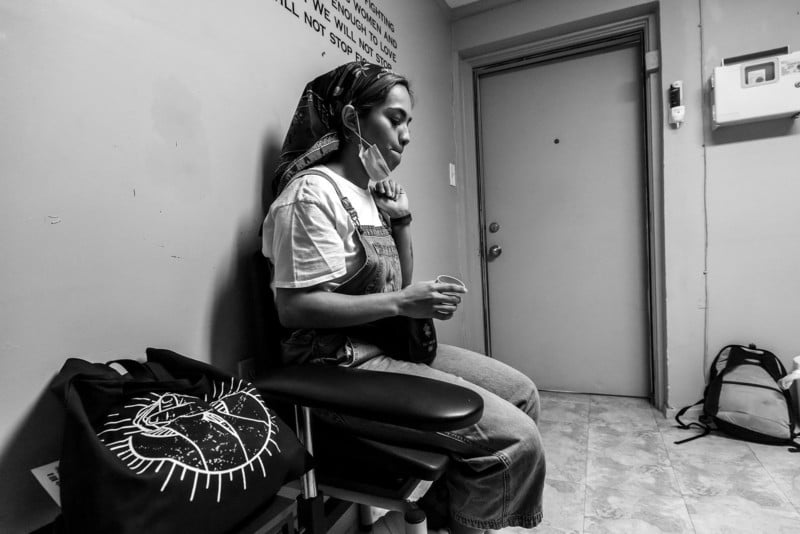
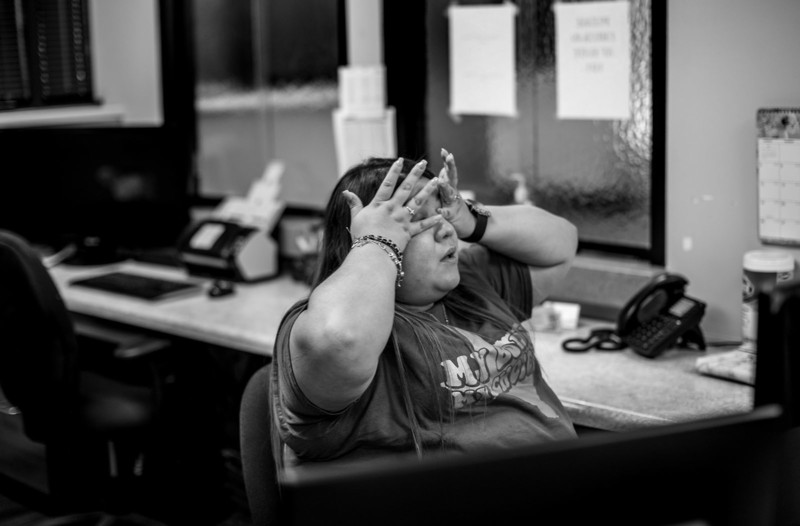
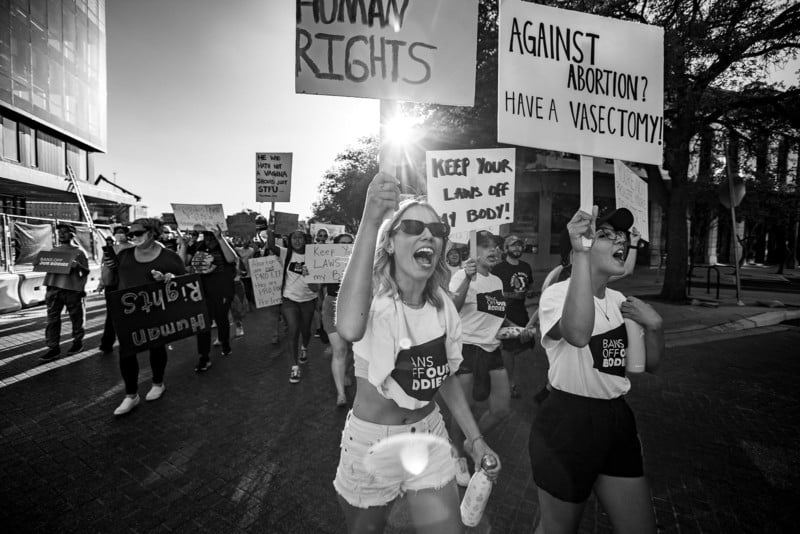
Ferazzi’s black-and-white pictures cover all angles of the abortion debate. She captures protestors outside of a clinic with signs that read: “Pray to end abortion.”
Her lens caught an impassioned receptionist in Texas wiping a tear as the landmark legal decision came in, meaning they could no longer offer abortion services.
Ferazzi even documented a surgical doctor performing the much-debated procedure.
“Once a patient has agreed to allow me into an exam room for a consultation with the doctor and the actual abortion procedure, I try to be as invisible and quiet as possible,” Ferazzi says of shooting such a scene.
“I use a mirrorless camera in these situations because it is completely silent. There is no shutter or clicking noise. I use the available light in the room, no added flash even if the room is dark.
“I just adjust the camera’s ISO to a higher number so I can shoot at a shutter speed that will capture the moment without any blur.”
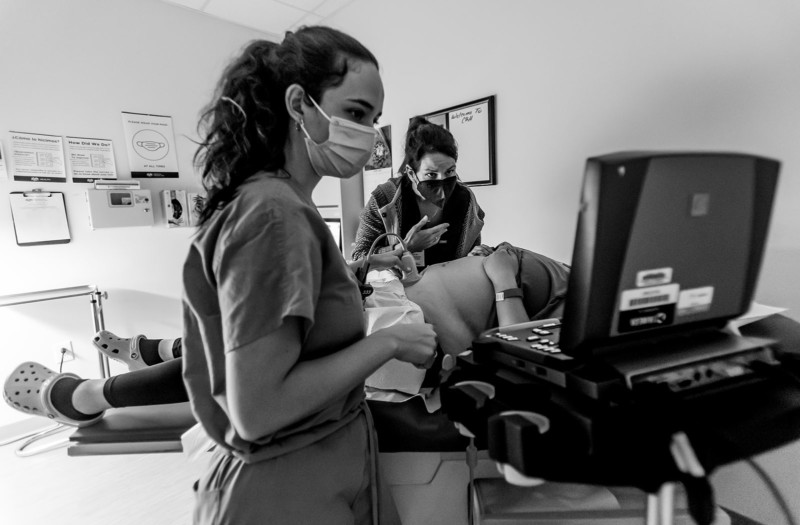
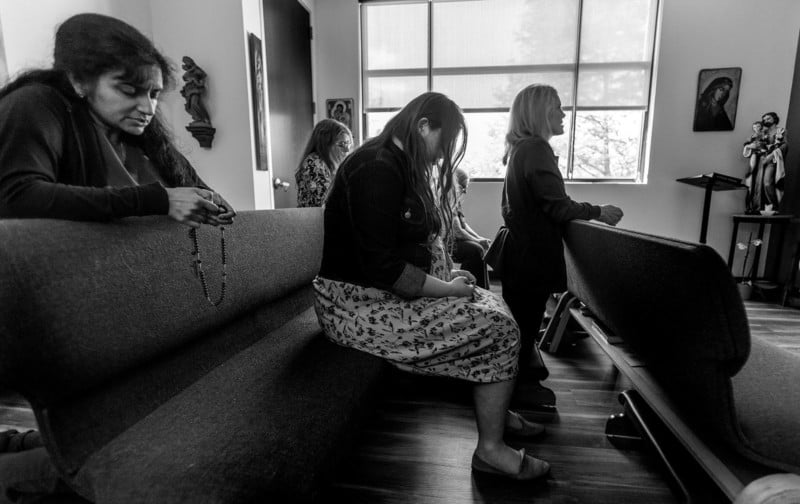
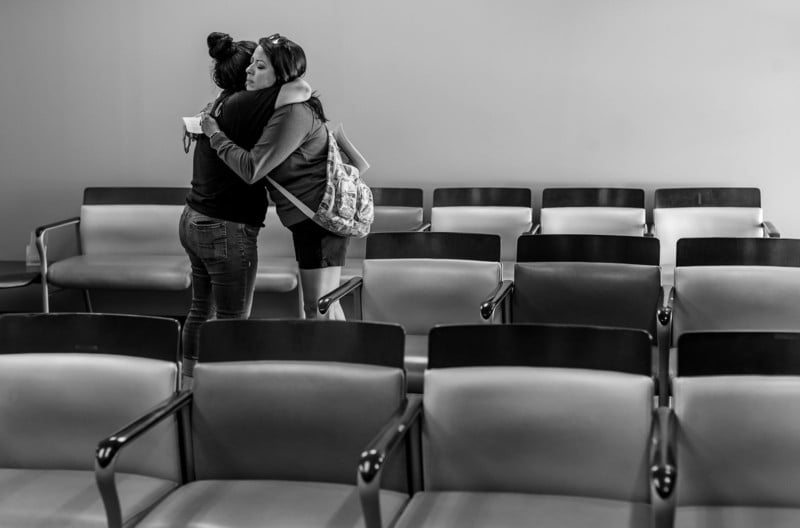
Ferazzi says she was surprised at how many patients were willing to be photographed during the procedures, with some showing their faces and giving their names, while others wanted to remain anonymous.
“If the patient agreed to meet me, I would explain that I’m trying to document the abortion issue through the eyes of the patient and doctors in light of the upcoming Supreme Court decision,” she says.
“Most patients had very strong feelings about a woman’s right to choose and felt it was their right to decide and not someone else’s.”
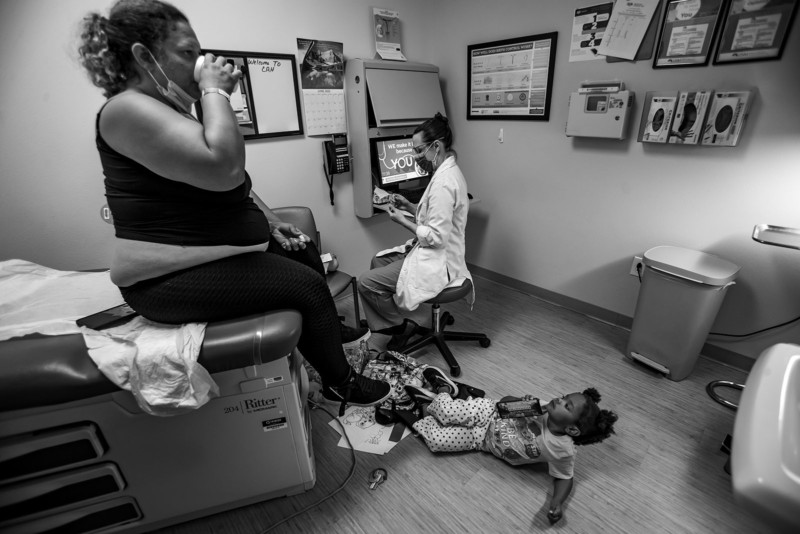
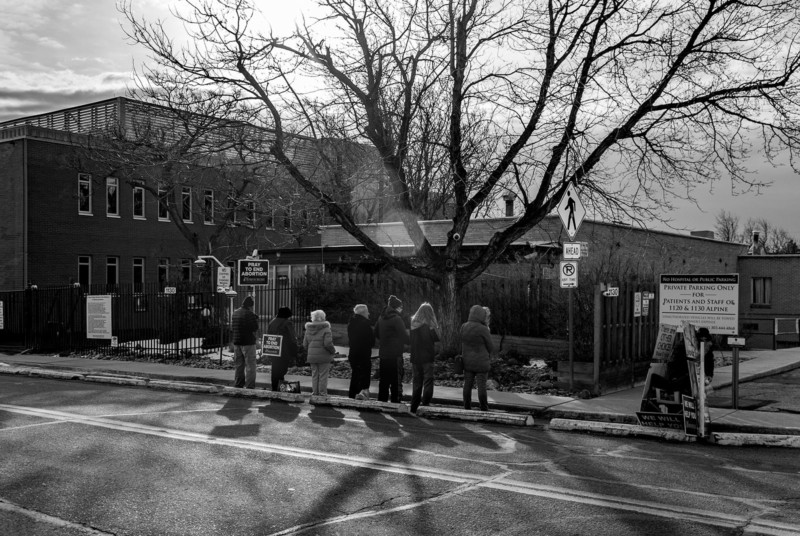
Ferazzi says that patience and sensitivity is “instrumental” when covering a topic such as this one.
“I am a photojournalist foremost. My photographs need to tell a story. Many times, I had to make the phone calls and send the emails to gain access to clinics,” she says.
“It helps to send links of your previous work on these sensitive topics to the person deciding whether to allow you into a clinic. This demonstrates to the contact that they can have the confidence that you will cover the subject matter in an understanding and respectful way.”
Ferazzi wrote a photographer’s blog for the Los Angeles Times. Her original article from when the decision was handed down last June can be read here.
More of Ferazzi’s work can found on her Twitter and Instagram.
Image credits: All photos by Gina Ferazzi/Los Angeles Times.